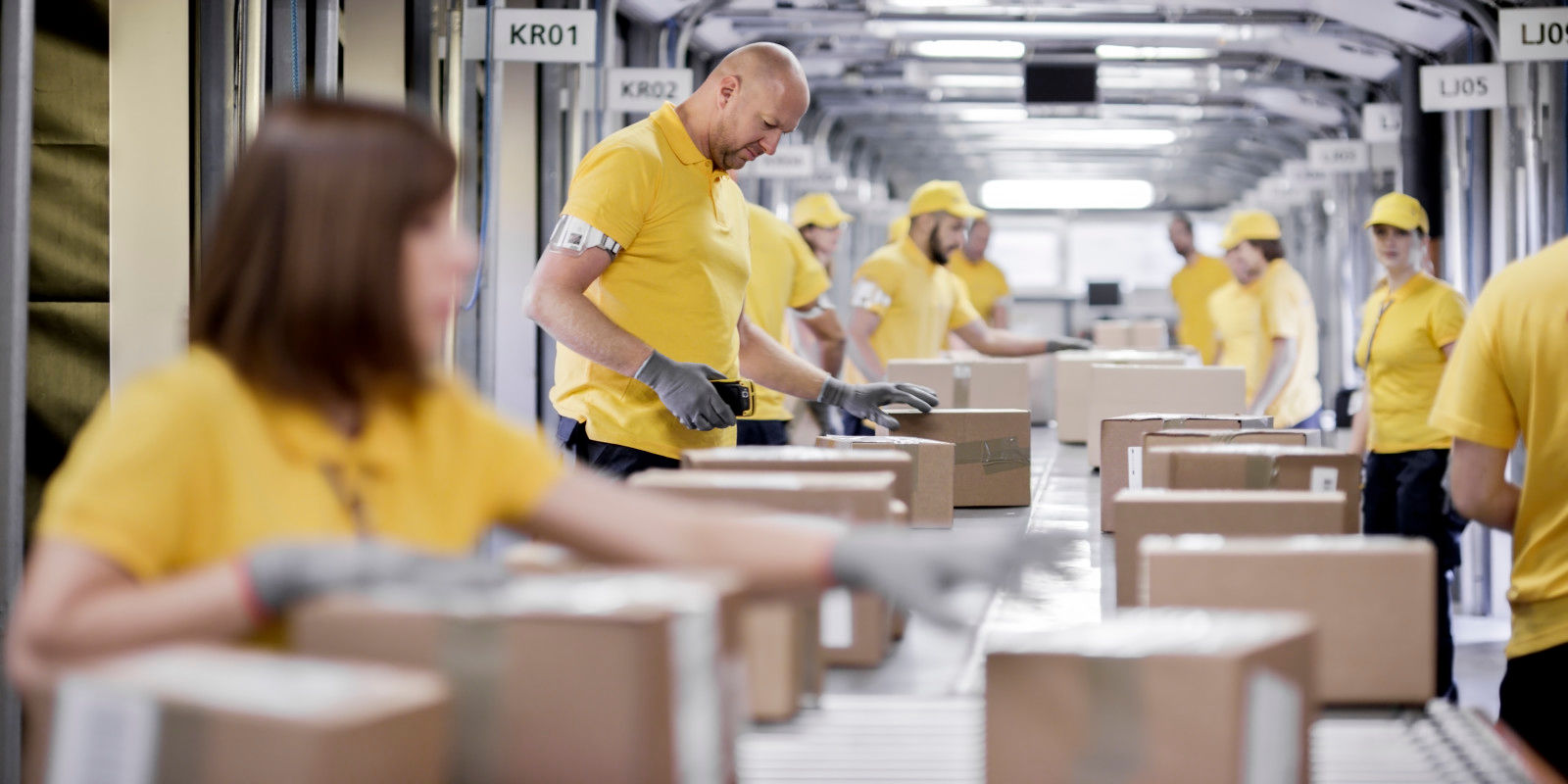
April 11, 2022
Expand Your Brand Reach with Retail Partnerships
Tags:
Expand Your Brand Reach with Retail Partnerships

April 11, 2022
There’s one thing most fast-growth companies have in common: They want their products to succeed in the wild—that is, in the hands of satisfied customers.
Once your inventory has been delivered to retail partners, though, you lose some of the control you have in earlier segments of your supply chain. That’s why it’s so important to design and execute clear strategies that leverage retail’s potential for sales volume.
Prepare your brand for a better chance at success by strengthening your operations to support high-impact retail partnerships. These strategies and considerations can set you on the right path.
Getting Ready for Retail
Retail industry consolidation is hyper-efficient for getting your product in front of a large portion of your addressable market. The flip side is that it’s vital to achieve success at each key retailer.
Basically, if a trial launch goes poorly, you’re limited in how you can make up that volume, because you have fewer options for meaningful partnership.

Surface or review your company’s marketing intelligence to discover what steps will result in retail readiness:
- Who is your core consumer and why do they select your products?
- Do you feel confident in your price points and promotional strategies?
- How do you speed your customer journey from awareness to loyalty?
- How does seasonality impact your products’ demand curves?
Even if you’re planning to penetrate physical stores, you may gain this intelligence from e-commerce or other online sources. Most customer journeys begin and end on personal devices, but you can take advantage of the high transparency in today’s marketplace, too.

Once you’ve validated your marketing information, bring in financial teams to help determine the cost to acquire retail partnerships.
For fast-growth businesses in particular, the numbers may not align as neatly as you’d like. Expansion requires capital investment, which can create complications related to cash flow—but that doesn’t mean the opportunity is any less. Instead, you can close working capital gaps with trade financing.
Learn More: Discover how a cash infusion from Flexport Capital can help you grow into high-value retail partnerships.
Structuring Supply Chain Operations
Next, segue your planning towards a focus on your supply chain operations. You’ll need to assess your supply capabilities against demand factors like consumer trends and seasonality, while also ensuring you can meet retailer requirements for partnerships.
Be certain your relationships with your suppliers are reliable. Scaling your orders exponentially may be great news for everyone, but retail partners can’t count on you if you can’t count on your suppliers.
There are ways to safeguard your brand from pitfalls in this regard. For example, you may decide to limit the complexity of your product array at the start of a partnership. Fewer variants allow you to learn the market more closely without unnecessary risks.
Other elements to consider are likely to come directly from retail partners themselves. This is where you begin to share control of inventory, so it’s important to pay attention to the details.
A pro tip to start: Be sure you understand each retailer’s routing guide. These frameworks are usually non-negotiable for retailers. They can include heavy documentation on the rules and regulations of distributing to their networks.
Your expansion timing may be dictated by these guides. For each retailer, you’ll need to conform to unique requirements—these are specific and non-standardized across the industry. For many high-growth brands, it may make more sense to onboard one partner at a time to ensure compliance. A phased approach may also help avoid consequences like chargebacks, fees, or termination of partnerships.
Creating Supply Chain Infrastructure

As you determine the shape of new product introductions, adjust your supply chain to build the physical and digital infrastructure you need:
- Physical infrastructure refers to your global network for transportation.
- Digital infrastructure refers to the systems, like the Flexport Platform or APIs, that you use to connect everyone along your supply chain.
On the physical side, you may need to refine your logistics modal mix, using techniques like sending urgent inventory via air freight and replenishment stock via ocean. You may want to find ways to speed ground transportation via truck or rail and work with warehouses to ensure you satisfy your retail partners’ routing guides for final deliveries.
Many fast-growth companies choose to work with a third-party logistics (3PL) provider. A 3PL can coordinate distribution and fulfillment for your brand, so that you can maintain focus on your core competencies, like designing innovative products for your customers.
When meeting with 3PLs, here are a few questions you can ask to finalize decisions:
- Can you see their facilities?
- Who are their current clients?
- Which retail partners do they handle?
- Can they provide metrics on client churn?
- What do they need from you to offer favorable pricing?
Digitally, you’ll need to plan for how all systems will work together. Across the supply chain industry, there is little standardization still. This means that each entity that helps move your products—and there can be up to 20 or more for a single shipment—is likely to have their own digital platform or system.
As you build your physical infrastructure, you can overcome some of the risks inherent in multiple digital systems by working in the Flexport Platform. The Platform helps create a single source of truth for your shipments, allowing you to manage your supply chain across the order-to-cash lifecycle.
By working within the Flexport Platform, you can collaborate with suppliers and logistics providers, making it far easier to meet the demands and reap the benefits of high-value retail partnerships.
For more on how your brand can take advantage of retail partnerships, reach out to Flexport.
About the Author

April 11, 2022


